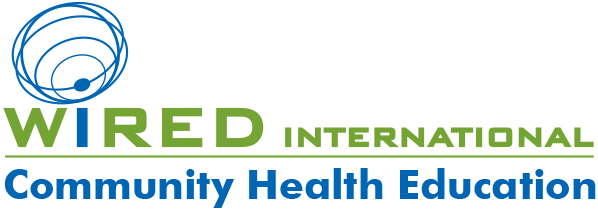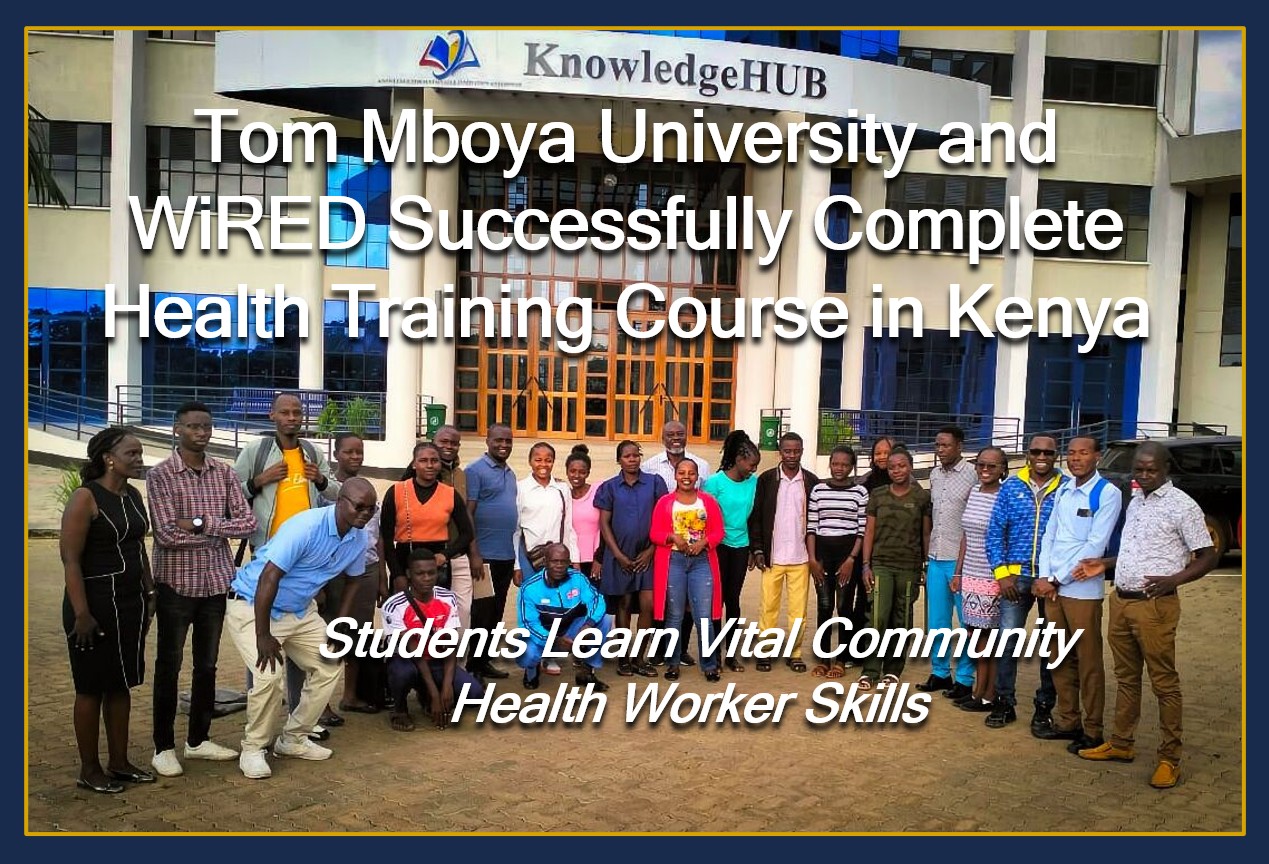By Lillian Dajoh; Edited by Elizabeth Fine
 Lillian Dajoh, WiRED’s CHW Manager in Kisumu, Kenya, has dedicated over 20 years to the organization. She began as a coordinator for the Community Health Information Centers before taking on the role of manager for WiRED’s CHW training and deployment programs. To date, these programs have prepared more than 100 individuals to serve as health workers in Western Kenya. Ms. Dajoh was instrumental in designing and managing the training classes at Tom Mboya University, working alongside Professor Job Wasonga. Ms. Dajoh won WiRED’s Health Education Champion Award in 2017.
Lillian Dajoh, WiRED’s CHW Manager in Kisumu, Kenya, has dedicated over 20 years to the organization. She began as a coordinator for the Community Health Information Centers before taking on the role of manager for WiRED’s CHW training and deployment programs. To date, these programs have prepared more than 100 individuals to serve as health workers in Western Kenya. Ms. Dajoh was instrumental in designing and managing the training classes at Tom Mboya University, working alongside Professor Job Wasonga. Ms. Dajoh won WiRED’s Health Education Champion Award in 2017.
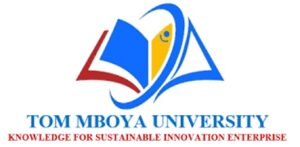 The community health worker (CHW) training program in Homa Bay aimed to empower TMU students and Ministry of Health-trained CHWs from Homa Bay County. Its goal was to equip these young people with the knowledge and skills necessary to improve healthcare access and outcomes in underserved communities. The training brought together individuals from various Kenyan counties, focusing on essential tools for health promotion, disease prevention and basic health care.
The community health worker (CHW) training program in Homa Bay aimed to empower TMU students and Ministry of Health-trained CHWs from Homa Bay County. Its goal was to equip these young people with the knowledge and skills necessary to improve healthcare access and outcomes in underserved communities. The training brought together individuals from various Kenyan counties, focusing on essential tools for health promotion, disease prevention and basic health care.
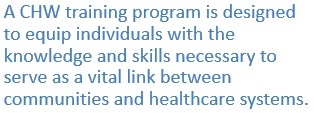 Additionally, the training fostered strong partnerships between WIRED, KUAP, TMU and the Ministry of Health in Homa Bay County. Over five weeks, participants delved into a range of topics, including anatomy, infectious diseases, non-communicable diseases, mental health, vital signs measurement, first aid, health communication and teaching and health surveillance. The students received special training in clinical practice practical sessions on first aid and vital signs measurement. Further, they practiced effective communication strategies to overcome community engagement barriers.
Additionally, the training fostered strong partnerships between WIRED, KUAP, TMU and the Ministry of Health in Homa Bay County. Over five weeks, participants delved into a range of topics, including anatomy, infectious diseases, non-communicable diseases, mental health, vital signs measurement, first aid, health communication and teaching and health surveillance. The students received special training in clinical practice practical sessions on first aid and vital signs measurement. Further, they practiced effective communication strategies to overcome community engagement barriers.
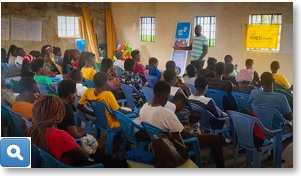 The training also emphasized the importance of tracking and reporting health data, enabling CHWs to understand and respond to emerging public health threats. A standout feature of the WIRED CHW modules was its focus on practical, hands-on training, ensuring that participants could immediately apply their new skills in their communities. Continuing medical education (CME) was a key component, with all participants installing and registering on the WiRED HealthMAP App (either on Android or Apple iOS) for CME purposes. Qualified CHWs are expected to earn 50 points annually to retain their certification.
The training also emphasized the importance of tracking and reporting health data, enabling CHWs to understand and respond to emerging public health threats. A standout feature of the WIRED CHW modules was its focus on practical, hands-on training, ensuring that participants could immediately apply their new skills in their communities. Continuing medical education (CME) was a key component, with all participants installing and registering on the WiRED HealthMAP App (either on Android or Apple iOS) for CME purposes. Qualified CHWs are expected to earn 50 points annually to retain their certification.
 At the end of the training, participants took an online final exam, requiring a score of 80% or higher to qualify as a certified WIRED CHW. Fully 24 of 25 students who took the class passed the exam. This is the highest percentage of any CHW training class to date — also a testament to this collaborative effort’s success. The WIRED CHW training course, developed by skilled physicians and nursing professors, is World Health Organization-compliant and surpasses most other training programs. This class from TMU joins WiRED-trained CHW classes in Central and South America, as well as other countries in Africa, India and Eurasia.
At the end of the training, participants took an online final exam, requiring a score of 80% or higher to qualify as a certified WIRED CHW. Fully 24 of 25 students who took the class passed the exam. This is the highest percentage of any CHW training class to date — also a testament to this collaborative effort’s success. The WIRED CHW training course, developed by skilled physicians and nursing professors, is World Health Organization-compliant and surpasses most other training programs. This class from TMU joins WiRED-trained CHW classes in Central and South America, as well as other countries in Africa, India and Eurasia.
Why Are CHW Programs Valuable?
A CHW training program is designed to equip individuals with the knowledge and skills necessary to serve as a vital link between communities and healthcare systems. These programs typically cover a wide range of topics, including basic healthcare education, health promotion, disease prevention, cultural competency, communication strategies and how to navigate healthcare resources. The goal is to prepare CHWs to effectively support and empower communities, particularly underserved populations, by improving access to care, promoting healthy behaviors and addressing health disparities. By fostering trust and understanding, CHWs play a crucial role in bridging gaps in healthcare delivery and advancing public health outcomes.
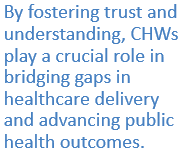
List of Participants in Program Setup and Implementation
Lillian Dajoh, Manager, WiRED International program in Kenya
Professor Job Wasonga, Co-manager of training class at TMU
Dr. Gordon Okomo, Director of Health in Homa Bay County
Prof. Charles O. Ochola, Vice Chancellor, TMU
Eric Achola, Program Facilitator, KUAP, Pandipieri
Zablon Kitoli, Senior Instructor, CHW Training Program
Jenipher Muhanji, Senior Instructor, CHW Training Program
Ong’iro Junior Gilbert Albert, Senior Instructor, CHW Training Program
Milka Wasonga, Instructor, TMU
Carren Bulitia, Instructor, TMU
TMU Student Post-class Survey
WiRED’s CHW Basic Training Class
June 2025
Brief Narrative Describing Student Course Evaluation
On the last day of class, instructors administered a 50-item survey to 25 students, 12 females and 13 males, with an overall age average of 25 years. The survey gathered feedback on various features of the course. Overall, students expressed very positive views.
 Course Content and Value
Students found the five-week course engaging and rich in valuable information directly applicable to their roles as CHWs. They reported a consistent view that the course provided a strong foundation for CHWs and was a worthwhile investment of their time in developing essential skills and knowledge.
 Importance of Continued Learning
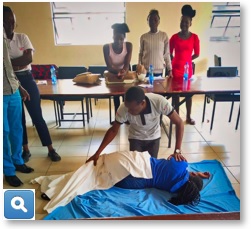 Â A significant finding was the students’ strong belief in the importance of continued study even after completing the Basic CHW Training Program. Most expressed a desire to pursue additional courses and indicated they would seek advanced training if offered. Further, they showed interest in specializing in specific areas of community health, such as maternal and child health, diabetes training and mental health.
 A significant finding was the students’ strong belief in the importance of continued study even after completing the Basic CHW Training Program. Most expressed a desire to pursue additional courses and indicated they would seek advanced training if offered. Further, they showed interest in specializing in specific areas of community health, such as maternal and child health, diabetes training and mental health.
Preferred Learning Methods
 When asked about their preferred training methods, they slightly favored textbooks. This was followed by videos, in-person classroom training and finally interactive modules.
 Perceived Importance of CHW Duties
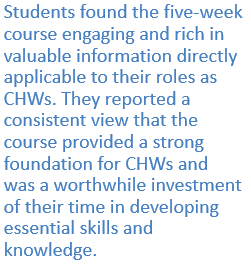 Students rated the importance of ten typical CHW duties and responsibilities. All duties were considered important, with “providing health education” receiving the highest rating. While still seen as important, the lowest-rated duty was “observing animal health in a community.” It’s important to note that One Health topics (the intersection of human, animal and environmental health) were not covered in this class but will be brought into the updated curriculum. Observing animals can provide an early warning for potential infectious diseases. Other responsibilities students recognized as important include assisting with medications, taking vital signs, referring patients for higher-level care and collecting health data for medical professionals.
Students rated the importance of ten typical CHW duties and responsibilities. All duties were considered important, with “providing health education” receiving the highest rating. While still seen as important, the lowest-rated duty was “observing animal health in a community.” It’s important to note that One Health topics (the intersection of human, animal and environmental health) were not covered in this class but will be brought into the updated curriculum. Observing animals can provide an early warning for potential infectious diseases. Other responsibilities students recognized as important include assisting with medications, taking vital signs, referring patients for higher-level care and collecting health data for medical professionals.
Assessment of HealthMAP
 WiRED has recently released HealthMAP, a mobile phone application designed to support CHWs through offline module study and to maintain records for their continuing medical education requirements. It also provides an early notification system for potential disease outbreaks.
Students were notably favorable in their assessment of HealthMAP. They viewed it as an excellent resource for learning about new health topics and continuing their health education. They found it to be a valuable tool for both classroom use and their ongoing work as CHWs. Students also reported that HealthMAP was easy to learn and use.

